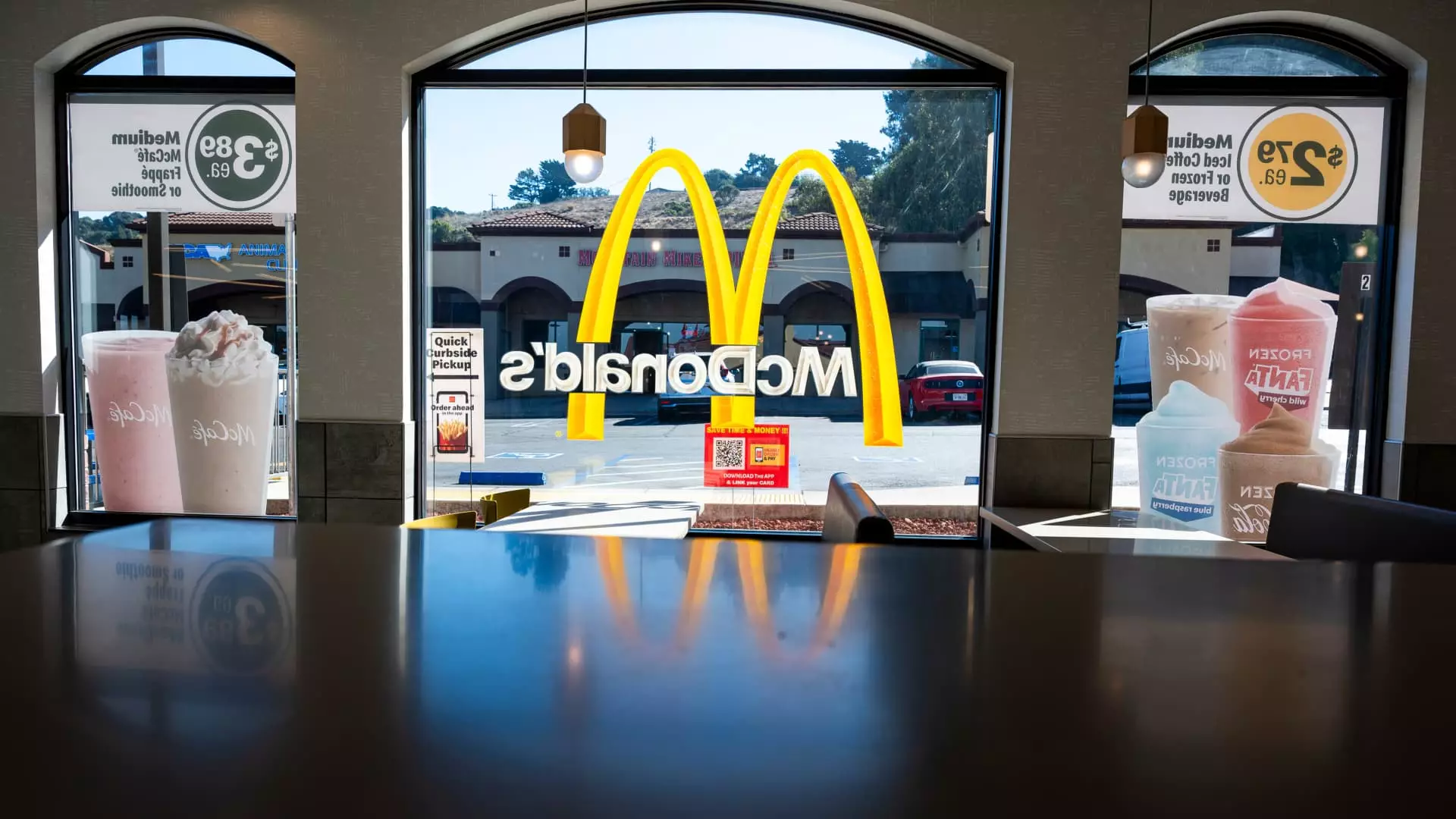The restaurant sector, having endured a challenging 2024, is cautiously optimistic about what lies ahead in 2025. With many executives eager to mark the end of a tumultuous year, the sentiments shared at the recent Restaurant Finance and Development Conference in Las Vegas reflected a yearning for revitalization within the food service landscape.
The restaurant industry has faced an unprecedented number of bankruptcies, with filings increasing over 50% compared to previous years. This surge is indicative of the broader economic challenges plaguing not only the culinary domain but also consumer spending habits. Data highlights a concerning trend: restaurant traffic, particularly for establishments that have been operational for at least a year, has shown a persistent decline throughout 2024. Numbers from industry tracker Black Box Intelligence paint a grim picture, demonstrating that the industry is grappling with reduced patronage month after month.
Moreover, several major chains, including iconic brands like McDonald’s and Starbucks, have posted disappointing figures in same-store sales, causing investor disillusionment. The cumulative effect of these trends has created an air of uncertainty, leaving many to question what the future holds for this important sector of the economy.
Despite the downturn, there are emerging signs of recovery that contribute to a fledgling optimism within the industry. Following a summer filled with disheartening statistics, October showcased a marked increase in traffic to fast-food restaurants, up by 2.8% compared to the previous year. These figures are backed by insights from Revenue Management Solutions that confirm the gradual turnaround in consumer behavior.
Additionally, the decreasing interest rates offered a silver lining. The Federal Reserve’s decision to implement rate cuts marks a notable shift, making it more affordable for restaurant operators to finance new locations. This financial relief could encourage expansion and new investment, with companies previously stymied by higher borrowing costs looking to seize the moment. Executives like Katie Fogertey from Shake Shack anticipate consumer confidence will rise in response to these changes, illustrating how the psychological aspects surrounding credit utilization can influence spending patterns.
As the industry begins to show signs of improvement, there is renewed interest in capital markets, particularly regarding initial public offerings (IPOs). Piper Sandler managing director Damon Chandik remarked on the cautious optimism shared by potential contenders in this area. With the necessary recognition of the heightened competition and traffic declines, there lies a hopeful expectation for some restaurateurs to take the plunge into the public markets, possibly in the first half of 2025.
Nevertheless, the cautious approach taken by various restaurant chains indicates lingering uncertainties. For instance, Panera Bread’s attempt to re-enter the public space has yet to materialize, echoing the jitters within the investment community. Even with the notable performance of Mediterranean restaurant chain Cava, which has seen its stock soar since its IPO, there remains hesitance among others considering similar ventures.
The competitive landscape reveals that while some chains are looking to capitalize on the warming market, others are still facing significant headwinds. As evident in the case of Portillo’s, which has experienced three consecutive quarters of declining sales, not all players are benefiting equally from market changes. Their cautious stance towards aggressive discounting strategies, as seen with rivals like McDonald’s, may come with its own risks.
The introduction of value menus has become a strategic focal point for many chains, with McDonald’s signaling plans to expand its value offerings early next year. The “value wars” are indicative of the fierce competition characterizing the sector—one that is likely to intensify as chains work to win back wary consumers struggling with high living costs.
While the outlook for the restaurant industry in 2025 shows promise, significant challenges remain. The specter of bankruptcy continues to loom over chains reliant on discounts to entice diners. Even with a possible continuation of economic stability, the consumer behavior born from recent years of financial strain may not revert to pre-pandemic normalcy as quickly as hoped.
The road to recovery for the restaurant industry is riddled with both obstacles and opportunities. As executives head into 2025 with cautious optimism, they must remain vigilant in navigating the complexities of consumer habits, market trends, and competitive pressures—all while striving to rekindle the vibrant culture of dining out that characterized the industry in its heyday.

